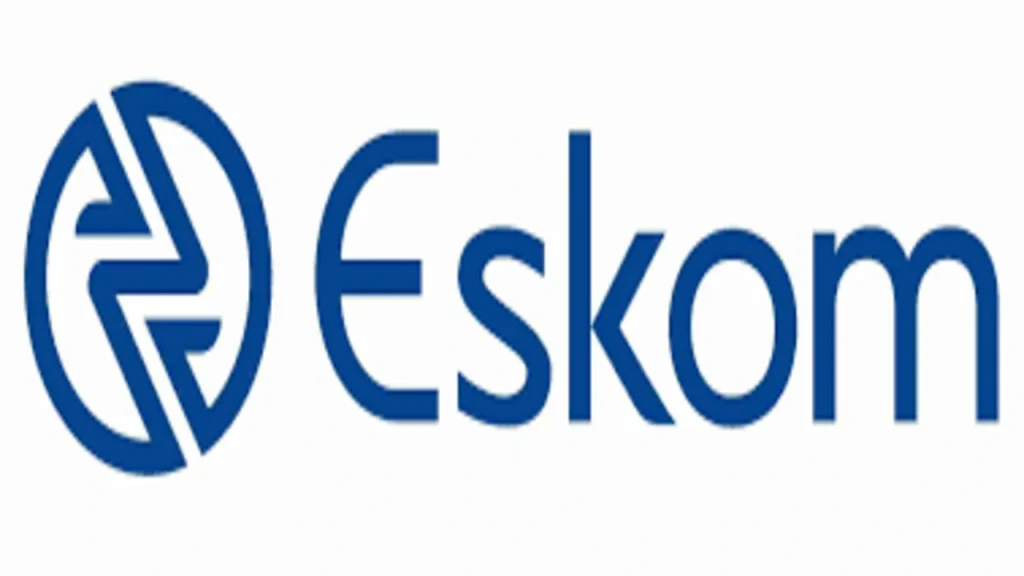- Eskom operates 30 power stations and supplies 90% of South Africa’s electricity.
- The utility faces ageing infrastructure, debt, and rolling blackouts amid efforts to reform and decarbonise.
Eskom Holdings: Managing South Africa’s electricity lifeline
Eskom Holdings SOC Ltd, South Africa’s state-owned power utility, operates as the largest electricity producer on the continent. According to its official website, Eskom generates approximately 90% of the electricity used in South Africa and around 30% of all electricity generated in Africa. Its mandate includes generating, transmitting, and distributing electricity to industrial, commercial, agricultural, and residential users. Eskom owns 30 power stations, comprising coal-fired, nuclear, hydroelectric, and renewable plants.
Despite its scale, Eskom faces persistent operational challenges. The national grid remains under pressure from an ageing fleet of coal stations and delayed maintenance cycles. Load shedding—scheduled power outages to protect the grid—has become a regular feature of South African life. According to Eskom, these measures are necessary to prevent system collapse, but they damage economic productivity and public trust.
Financial instability also undermines operations. Eskom holds debts exceeding R400 billion, driven by historical mismanagement, project overruns, and a customer base struggling to pay. The utility relies on government bailouts while trying to improve revenue collection, reduce losses, and raise investment for infrastructure upgrades.
Also read: Electricity Delivery: Generation, transmission and distribution
Also read: Electric power distribution: The last mile of electricity supply
Eskom Holdings: Sector reform and the push for sustainability
South Africa’s energy sector is undergoing structural reform. Eskom has initiated the unbundling of its operations into three separate legal entities—Generation, Transmission, and Distribution—to improve transparency and efficiency. The utility has already transferred control of the transmission network to a new subsidiary, the National Transmission Company of South Africa.
In parallel, Eskom is responding to the need for energy transition. Its Just Energy Transition (JET) strategy seeks to move from coal to low-carbon technologies while minimising job losses and ensuring community support. Pilot projects include repurposing older coal stations for solar and battery storage. These efforts align with broader commitments under South Africa’s climate policy and international financing pledges.
The utility’s modernisation journey occurs in a volatile environment. Fuel prices, policy shifts, and rising electricity theft further strain performance. Innovation in decentralised energy, battery storage, and grid modernization is gaining traction, but integration remains complex for a national provider like Eskom.

